The Silent Movement
Reflecting on Juan Diego’s Involvement in Racial Injustice
Downtown Salt Lake during the BLM Protests
Black square after black square: on June 2, hundreds of Instagram users flooded every social media timeline with posts supporting the Black Lives Matter Movement. Among those twiddling thumbs were hundreds of Juan Diego students looking towards the school to see if they would step up to the plate and offer their support. Yet, as hours of waiting turned into days, the school met these watchful students with a few tweets in the liked section of the school’s Twitter page opposing the protests.
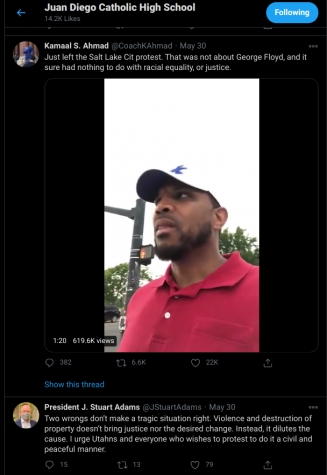
Our teachers and administration (sometimes unknowingly) step into roles of advocate, caretaker, guide, and even mother or father figures to students. Students pay attention to everything they say and do. We particularly pay attention to their silence. “I thought it was kinda hypocritical and contradictory to what we believe and what we say,” senior Andrea Moreno said, “especially with our (school) posters that show people of color, but once it was time for the school to stick up for them, we were silent, which was disappointing.” Moreno went on to explain that Juan Diego’s silence compared to Judge Memorial Catholic High School’s (another high school within the Salt Lake Diocese) action online made it seem like the message the school was sent to people of color was, “We will use you, but we won’t fight for you.”
It was not long before students and alumni sent emails and petitions begging the school to take action. Some emails just asked for a Black Lives Matter post with a couple of links attached. Simultaneously, the pleas went as far as to demand a complete change in curriculum and implementation of anti-racism and diversity inclusion training.
Notably, the Class of 2018 alumna Emily Kasue has been up on the front lines to discuss these topics with the administration. “In the summertime, I had sent them a letter about why it is such a big issue and why we need to address the Black Lives Matter movement,” Kasue explained, “And in the first meeting I talked about my experience in high school […] and how I didn’t even know how to respond to when my classmates said racist comments or stuff like that because there are barely any POC faculty to help guide me through that. […] Then, in the second meeting, we discussed the tangible steps about what changes the school could make to make POC more comfortable,” Kasue finished.
Before long, the new school year started, and concerns shifted towards COVID-19 protocols. Dr. Colosimo later invited several seniors, alumni, and staff to a Diversity Inclusion meeting to discuss racial matters within the Skaggs community. This meeting began as a win for all community activists, but it took about ten minutes for the meeting to overwhelm everyone in the room.
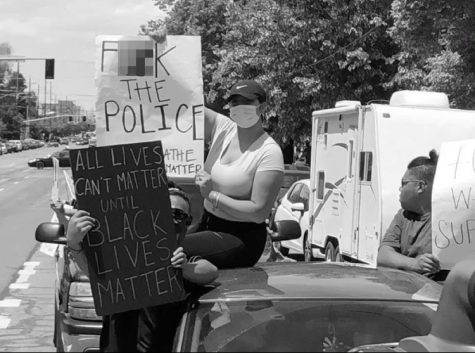
Heads were flipping left and right to follow the discussion between the students and administrators. While the students and alumni articulated their concerns about tokenism, systemic racism, microaggressions, online behavior, teacher and student behavior, and dress code, it was clear that Dr. Colosimo and Mr. Brunetti were quickly becoming overwhelmed but had chosen to stay silent to hear what they had to say. With this space, several alumni offered their time to discuss the systemic racism and blatant racism they suffered on campus. Then, when asked about what was going on in their heads in June, most of the administration explained that there were many other things going on. “To be completely honest,” Principal Dr. Galey Colosimo later explained in an interview, “by the beginning of June, we were all so caught up in graduation and COVID that something like anonymous Twitter posts had to go on the back burner.” The nearly two and a half hour discussion was the chance for all the pent up emotions to be let out finally.
The meeting eventually disbanded with a promise to release a statement within the next several weeks. With months passed and adequate time to reflect on what they heard, the administration all had the same things to say.
To Director of Campus Life, Dave Brunetti, he felt that he did learn a lot. From microaggressions to tokenism and even the N-card, it became clear to Brunetti things have changed from his perspective of racist issues into something much more complicated. Nevertheless, he fears that the community has morphed the institution into something much worse than it is.
Is that something that we could improve and adjust? Absolutely. Does that mean that we are a racist institution? — Director of Campus Life Dave Brunetti
Brunetti then continued sharing his frustration with how this discussion had begun. “When the groundwork was laid via attack and anonymous messages, it is impossible to deal with it effectively.” Mr. Brunetti continued to explain that he is open and eager to delve more into this issue “to get a greater understanding, to find our common ground, to make Juan Diego a better institution for the next twenty years.”
When it comes to the message that Dr. Colosimo is asking for the JD community to hear, he said, “I’m not comfortable with a rush to judgment or solution.” Dr. Colosimo continued, “I more want to say that there is a good process, and I want that process to emanate our Catholic values of treating everyone with dignity and respect,” he finishes. Dr. Colosimo believes that there can be a change, but with the direction that we are going in with the battle primarily on social media, Dr. Colosimo asks that we go back to face-to-face discussion.
This is where the importance of communication has to take precedence. As our tensions are only rising as weeks turn into months without much change, it seems that the only thing that both sides want is a clear dialogue where defensive emotions are taken out of the room. With that said, at least the community can find some comfort in knowing that “You are definitely heard,” Director of Student Activities Nathan Tack said, “and it is something that we as a society, state, and individual school will have to work on. We want to make progress and inroads. If we didn’t see hope and promise, we would not work here,” Tack finished.
The Black Lives Matter battle has not even started. But if a group of students are willing to put up this fight and talk, then the movement is far from over.

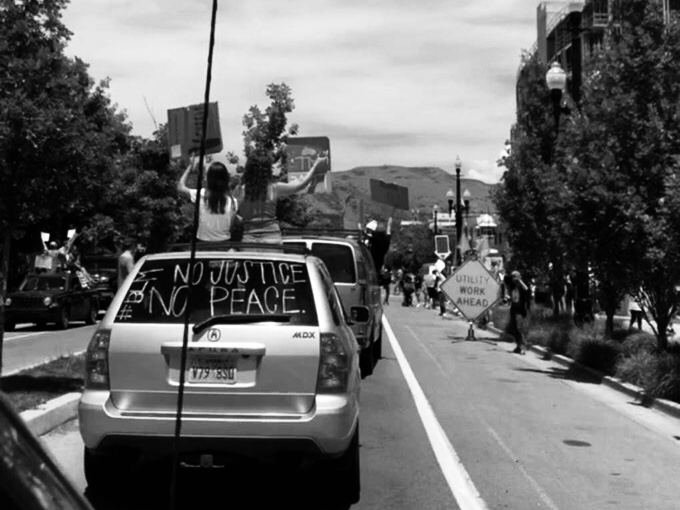
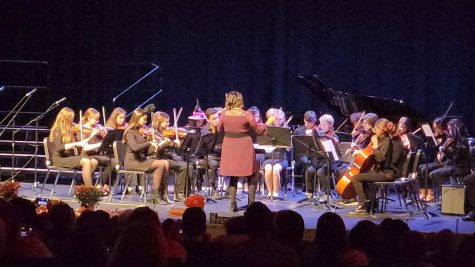
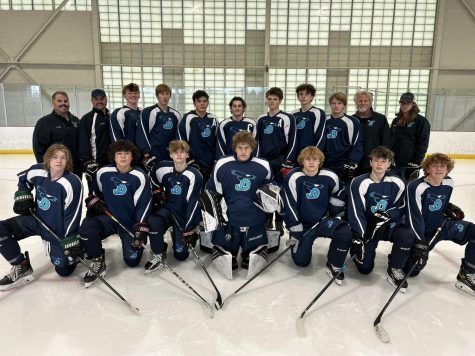
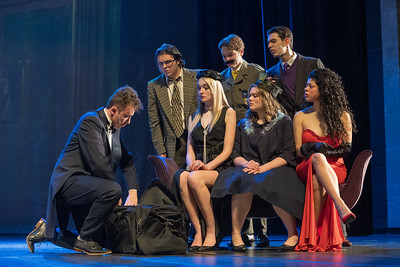
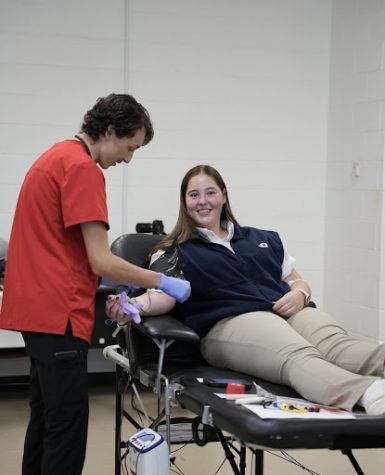
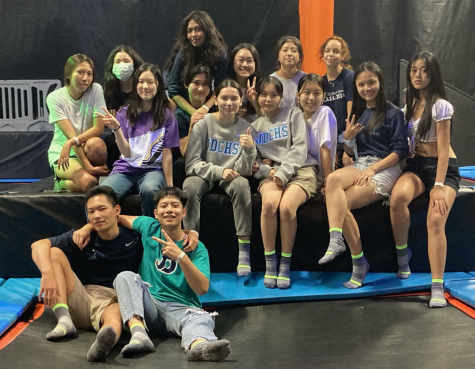
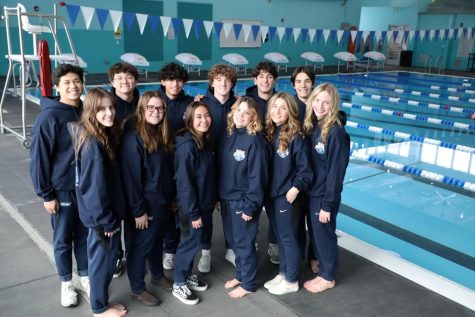

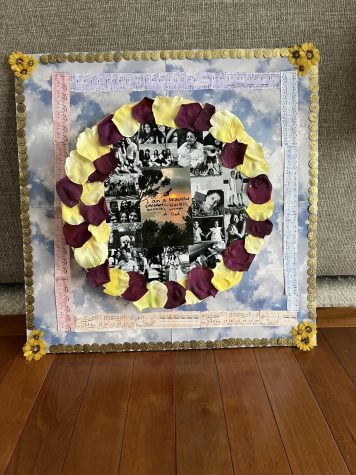
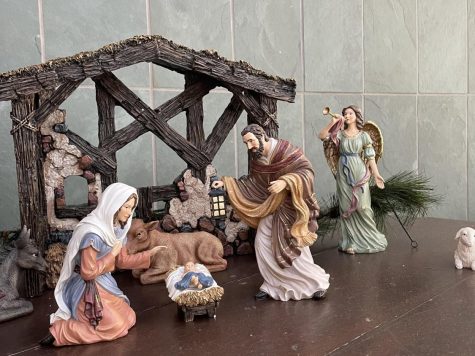
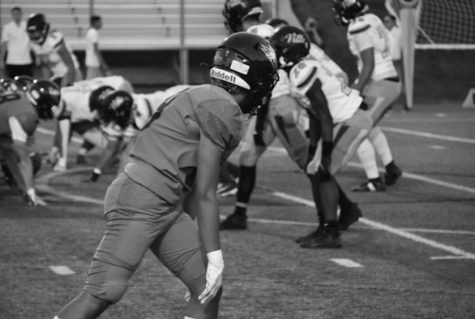
Emily Kasue • Jan 11, 2021 at 7:54 pm
Thank you Kirsten for being brave and using your passion to open up the dialogue surrounding discrimination and the true purpose of the Black Lives Matter Movement. You are already a superstar and I can’t wait to see what other conversations you spark in the future. Saying I’m proud of you is an understatement.